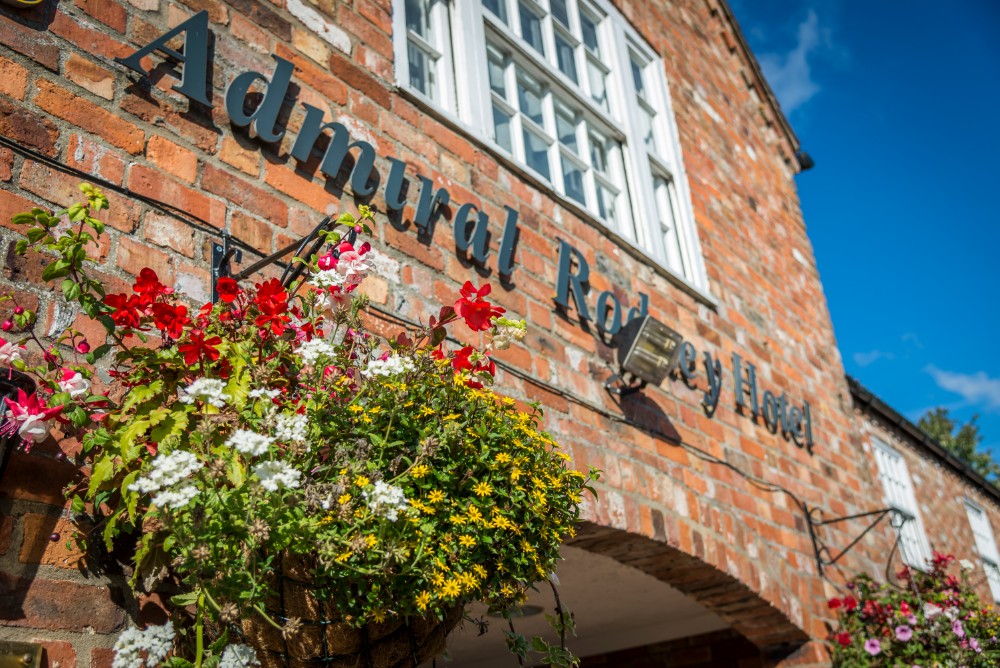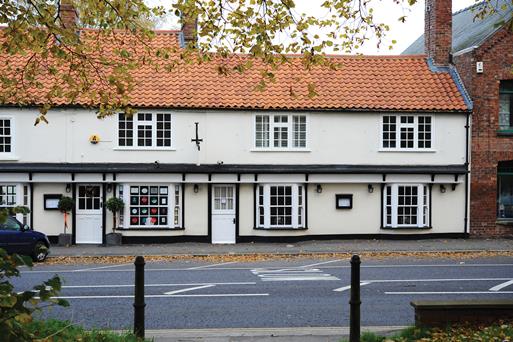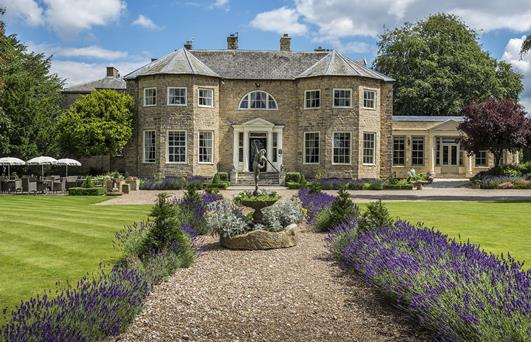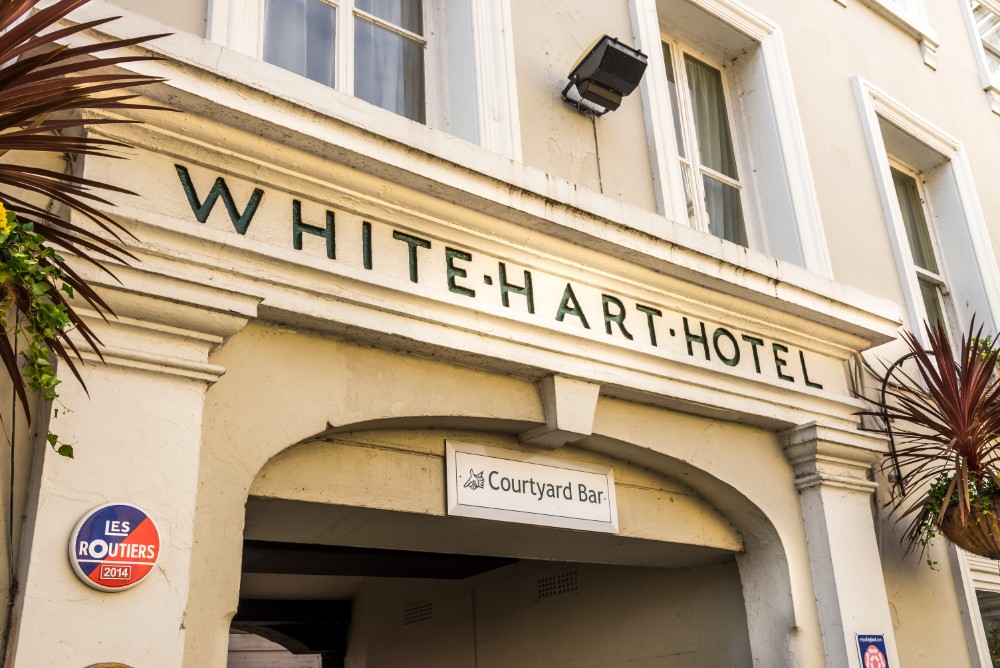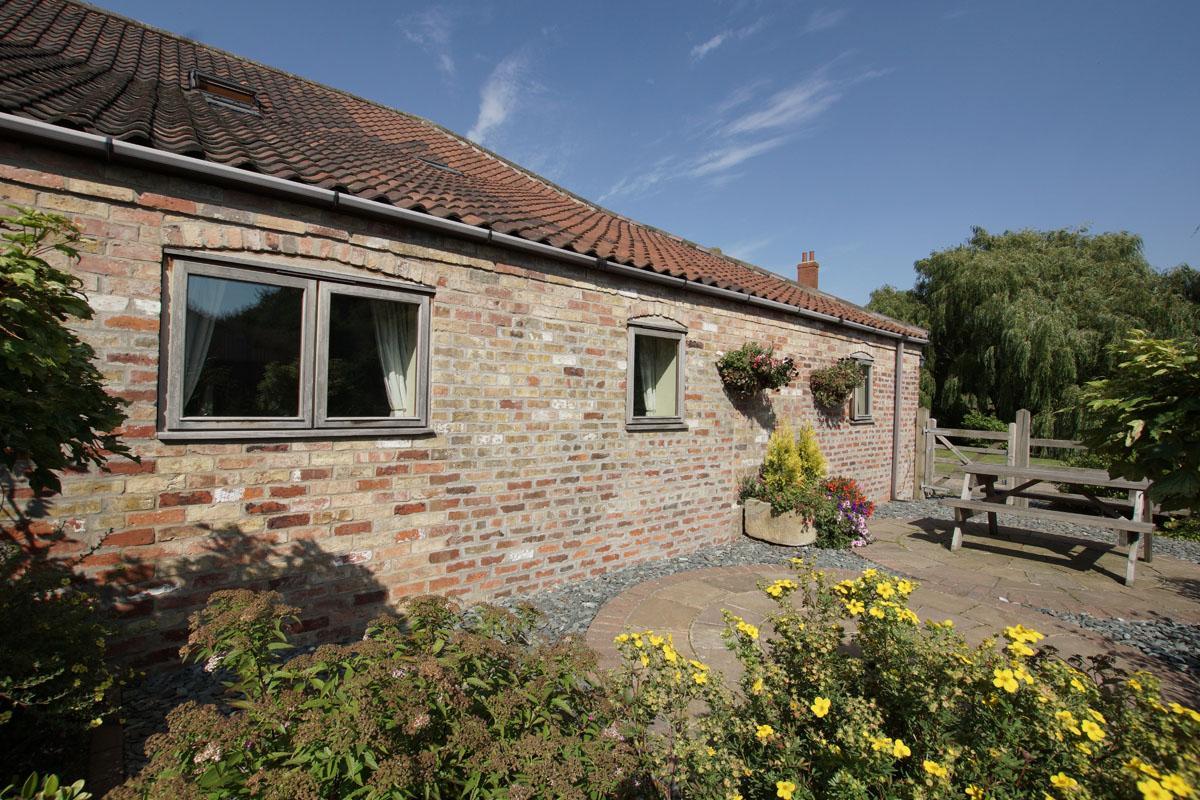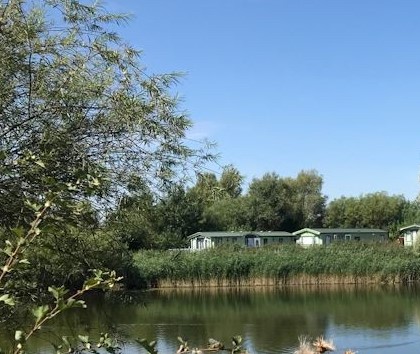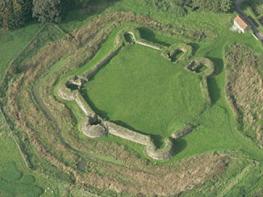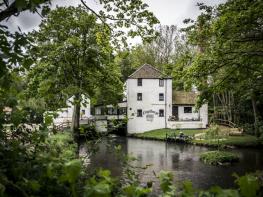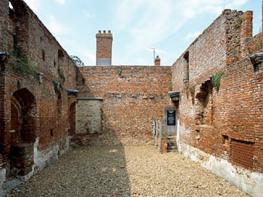Brook House Farm is great for horse lovers. The farm is a British Horse Society-approved riding…
Belchford and village life

Enjoy an undulating walk through a trio of peaceful villages at the heart of the Lincolnshire Wolds.
7.5 miles (12.1kms)
About the walk
This walk is partly based on one of several routes devised by Lincolnshire Wolds Countryside Service and described in a series of attractive colour booklets. Apart from the standard waymarks (yellow for public footpaths and blue for public bridleways), this route is also denoted by occasional green alder-leaf motifs – so there's no excuse for getting lost!
Contrasting Wolds villages
Belchford is associated with the South Wold Hunt, whose opening meet traditionally starts outside The Blue Bell Inn. Near the parish church is Chapel Lane, evidence that Belchford's small population also supported two other seats of worship – the Primitive Methodist chapel (built in 1834) and Wesleyan Methodist (1871).
The second village on the route is Fulletby, which used to have an inn, post office, school and bakeries, but is now a quiet little backwater. It's one of the highest villages in the Wolds, and its most famous resident was Henry Winn (1816–1914). Over the course of his long life he was variously the local draper, grocer, churchwarden, schoolmaster and constable. He ran the local post office and established the village library – despite being self-educated, having left school at the age of ten – and earned a place in the Guinness Book of Records for holding the position of parish clerk for an incredible 76 years! In addition, he fathered a total of 21 children, all of them born in Winn Cottage which can still be seen opposite St Andrew's Church off Church Street. Sadly only four of the children (all daughters) survived to adulthood.
Tetford's historic connections
The White Hart Inn in Tetford used to be the meeting place of a gentlemen's literary club, which was once addressed by Dr Samuel Johnson, who is recorded as playing skittles at the inn. Among the club's members was Alfred, Lord Tennyson, who was born in nearby Somersby. Along the street is St Mary's Church, which has the distinction of having the Greenwich Meridian running through its churchyard.
As you head back to Belchford, you will be following a Roman 'salt road', along which salt (that preserved perishables foods) was transferred from the Wash coast at Burgh-le-Marsh to the Roman garrison at Lincoln. The high, chalk ridge to the north has an even more ancient trackway, the Bluestone Heath Road, probably used in prehistoric times by tribesmen to move animals and perhaps other trading commodities. There are several round barrows dotted along the route.
Walk directions
From the Church of St Peter and St Paul at Belchford, walk west along Main Road and turn left into Dams Lane. At the end continue through a kissing gate to head left along a fenced path, then uphill beside fields. At the top go right then, after 100yds (91m), go left through a wide gap in the hedge for a path directly uphill.
Continue on this waymarked field-edge route across the hilltop before heading directly south towards the village of Fulletby via undulating pasture. Turn left into the lane then, at the very top, left again to reach the main road.
Turn left at the T-junction towards Belchford and, after a few paces, cross the road and go over the stile beside the private drive to Gorse Farm for a wonderful view over the southern Wolds. The route now continues almost due east for 1.5 miles (2.4km) down across pasture, then along the bottom of ploughed fields by a strip of woodland. Approaching the far end go through a gate on the right and, skirting the righthand edge of the small fishing lake at Salmonby, walk along the drive of Beck House to reach the road.
Turn left and follow the road uphill, going left at the junction. After 0.25 miles (400m) turn right for a field-edge route across to another lane. Turn right, then left on to a path which runs beside a hedge and between a pair of fishing ponds before turning right between woodland and fields to arrive on the road at Tetford.
Turn left and walk along West Road for 100yds (91m), then go right, through the hedge gap, on a well-walked path across the wide ploughed field. Walk past the houses on the far side and turn left along East Road past the pub and church. Follow the road around into North Road and along to the triangular junction with West Road at the far end.
Go right by Wood Farm for the road out of the village. Where this bends sharply right, beyond the last houses, go straight on along Platts Lane, a wide farm track across fields. Where the main track swings up to the ruined Glebe Farm, go straight on along the field-edge all the way down to a small bridge.
On the far side turn right and follow the obvious track up alongside the ditch across open fields. The route then swings left and, after zig-zagging to the north of Glebe Farm Low Yard, it turns right on to the surfaced farm drive to reach the road.
Turn left and follow this road back to the centre of Belchford.
Additional information
Variety of up-and-down field paths and tracks, several stiles
Billowing hillsides, intensively farmed with some grazing
Good, but close control around livestock
OS Explorer 273 Lincolnshire Wolds South
Lay-by near church on Belchford's main street
None on route (nearest at Horncastle)
WALKING IN SAFETY
Read our tips to look after yourself and the environment when following this walk.
Find out more
Also in the area
About the area
Discover Lincolnshire
Much of the fenland around the Wash has been drained of its marshes and reclaimed as highly productive farmland. Further north, the coastline, with its sandy beaches, has been developed to accommodate the holiday industry, with caravans, campsites and the usual seaside paraphernalia. The main resorts are Skegness, Mablethorpe, Cleethorpes and Ingoldmells. Inland, the chalky margin of the Lincolnshire Wolds offers an undulating landscape of hills and valleys, designated as an Area of Outstanding Natural Beauty.
Lincoln, the county town, is dominated by its magnificent cathedral. Most of interest in the city is in the uphill area, Steep Hill, ascending from the River Witham; the Bailgate spanned by the Newport Arch, and the Minster Yard with its medieval and Georgian architecture. Boston, on the banks of Witham, was England’s second biggest seaport in the 13th and 14th centuries, when the wool trade was at its height. There are market towns all over the county still holding weekly markets, including Barton-upon-Humber, Boston, Bourne, Brigg, Crowland, Gainsborough, Grantham, Great Grimsby, Holbeach, Horncastle, Long Sutton, Louth, Market Rasen, Scunthorpe, Sleaford, Spalding (the centre of the flower industry), and the elegant Edwardian spa resort of Woodhall Spa.
Nearby stays
Restaurants and Pubs
Nearby experiences
Recommended things to do
Why choose Rated Trips?
Your trusted guide to rated places across the UK
The best coverage
Discover more than 15,000 professionally rated places to stay, eat and visit from across the UK and Ireland.
Quality assured
Choose a place to stay safe in the knowledge that it has been expertly assessed by trained assessors.
Plan your next trip
Search by location or the type of place you're visiting to find your next ideal holiday experience.
Travel inspiration
Read our articles, city guides and recommended things to do for inspiration. We're here to help you explore the UK.

